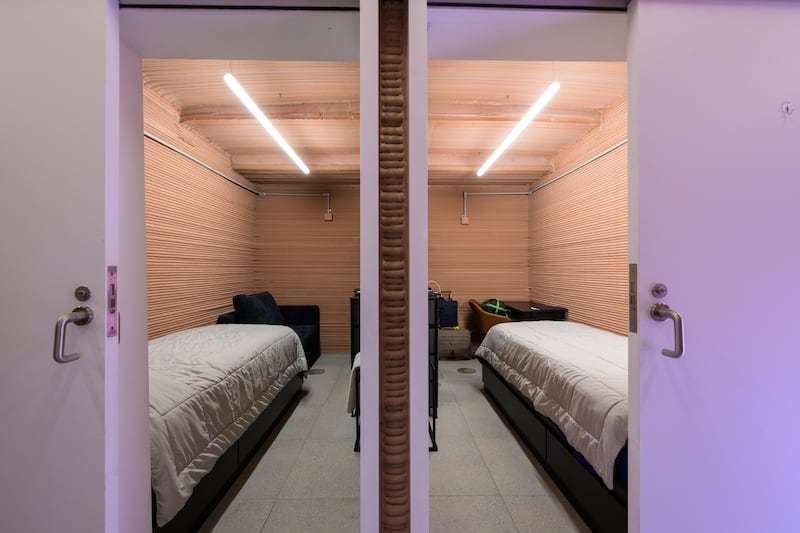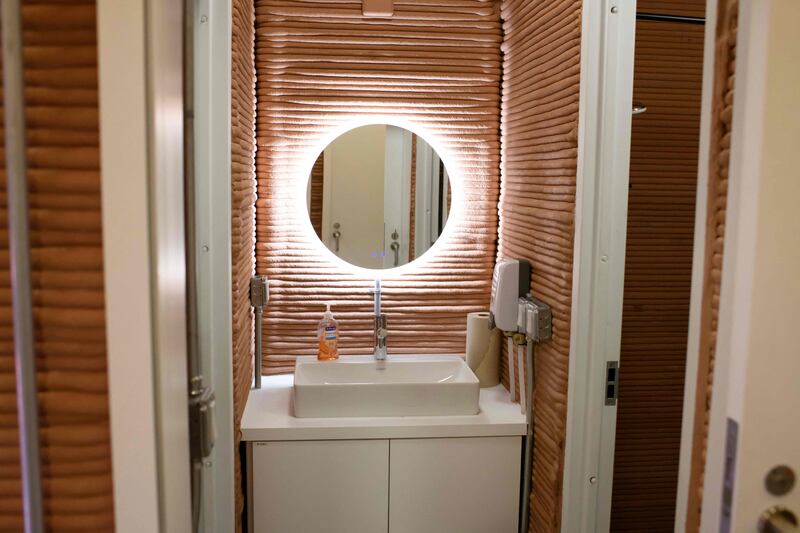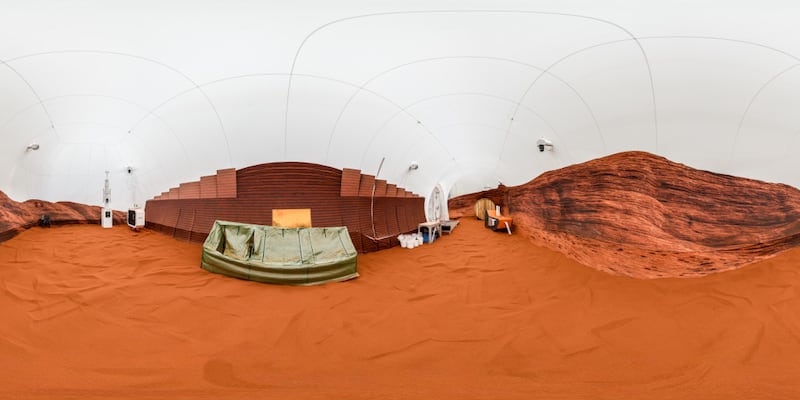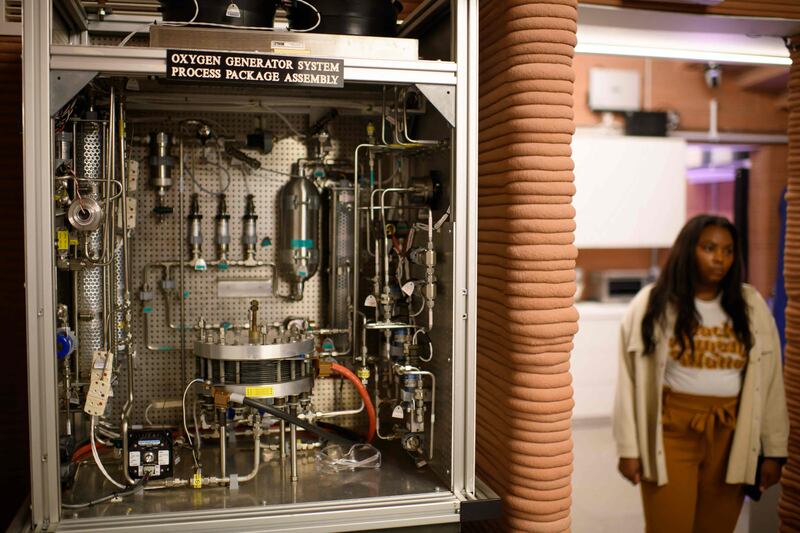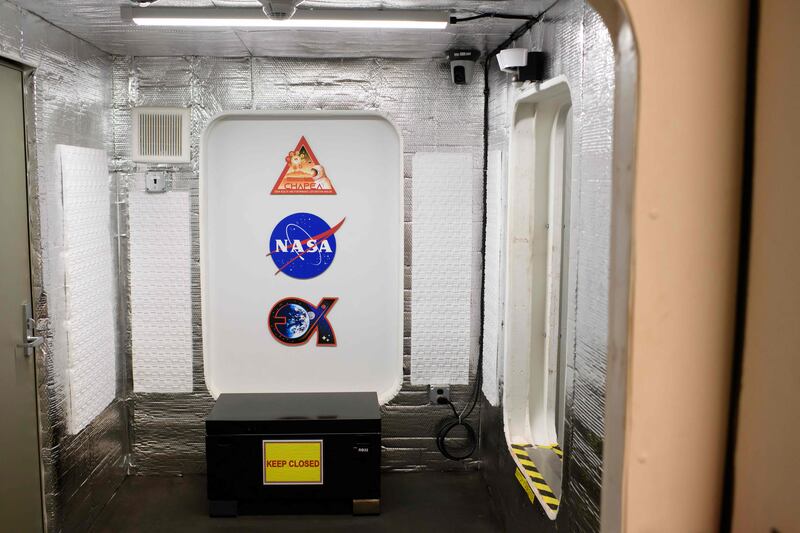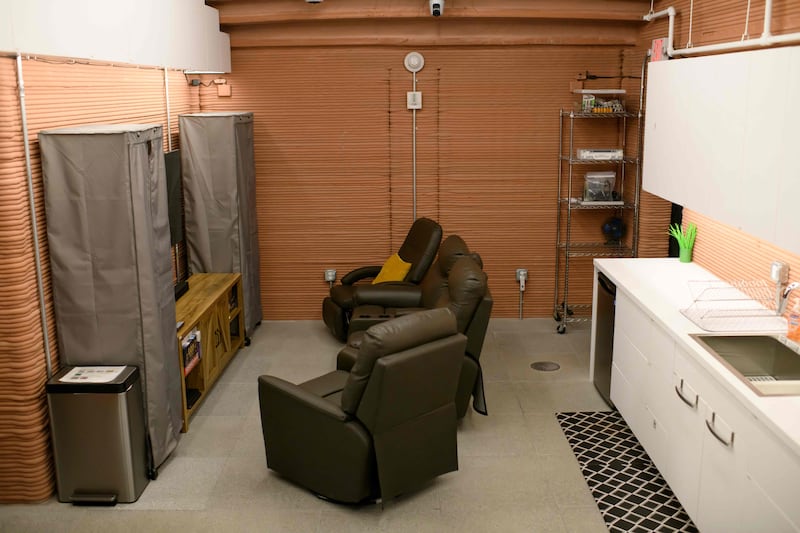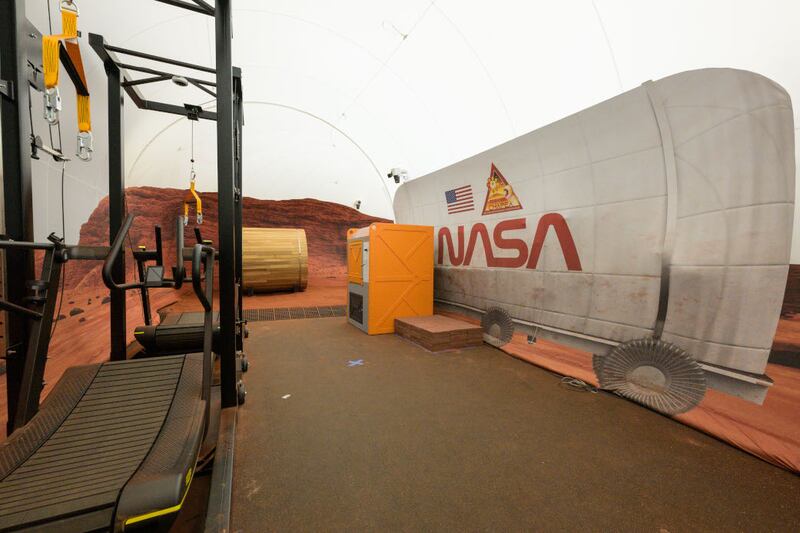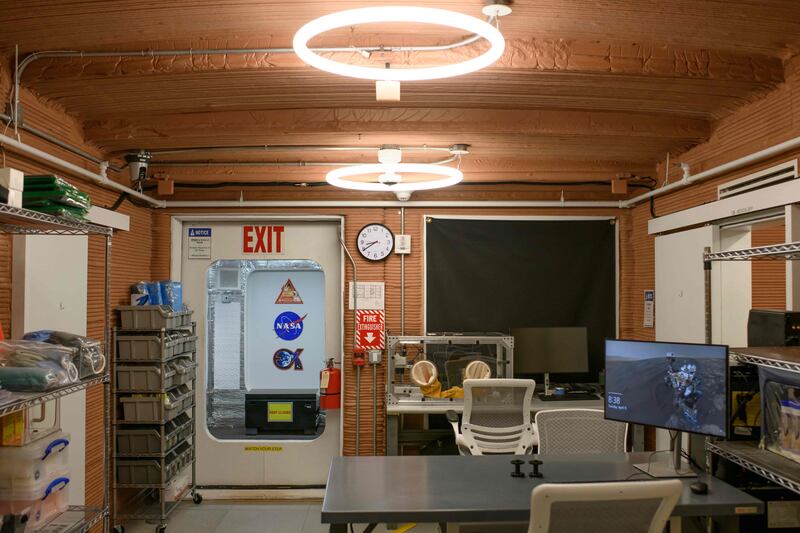Four people are now in the first week of their year long mission inside a 3D-printed habitat that simulates the environment of Mars.
The near-isolation mission is part of a Nasa experiment aimed at measuring the effects of long-duration missions on the human body and mind.
The test subjects were locked inside the habitat on June 25 under the space agency's Crew Health and Performance Exploration Analogue study.
Analogue missions take place on the ground and help to simulate a space or planet-like environment.
As space agencies and companies look to build human settlements on the Moon and Mars, these experiments are crucial in understanding the challenges of long-term missions.
The Chapea mission is taking place at Nasa's Johnson Space Centre in Houston.
“The simulation will allow us to collect cognitive and physical performance data to give us more insight into the potential impacts of long-duration missions to Mars on crew health and performance,” Grace Douglas, Chapea principal investigator, said.
“Ultimately, this information will help Nasa make informed decisions to design and plan for a successful human mission to Mars.”
The volunteers will simulate the challenges of a human mission to Mars, including resource limitations, equipment failure, communication delays and other environmental factors.
Who are the test subjects?
Kelly Haston, a research scientist who builds models on human disease, is serving as commander of the mission.

The Canadian citizen has led stem cell-based projects in areas of infertility, liver disease and neurodegeneration.
Ross Brockwell, an American structural engineer, is the flight engineer, American emergency physician Nathan Jones is the medical officer and Alyssa Shannon, an advanced practice nurse in California, will be the science officer.
What will they do for a year?
During the simulation, crew members will carry out different types of mission activities, including simulated spacewalks, robotic operations, habitat maintenance, personal hygiene, exercise and crop growth.
“To be as Mars-realistic as feasible, the crew also will face environmental stressors such as resource limitations, isolation, and equipment failure,” Nasa said.
“The simulated traverses will be conducted in pairs in the 'sandbox' portion of the habitat, which is filled with red sand to simulate the Martian landscape.
“The sandbox contains equipment such as a treadmill for the virtual reality walks to allow crew to simulate longer traverses beyond the physical confines of the 1,200-square-foot (111-square-metre) sandbox.”
Why is Nasa doing this?
Analogue missions have been taking place for several years, conducted by Nasa, Russia's space agency Roscosmos and private companies around the world.
The longest analogue project ever held was the Mars-500 mission by Russia, the European Space Agency and China.
A crew of six lived inside a habitat for 520 days.
Last year, the UAE took part in such a mission for the first time, when Emirati engineer Saleh Al Ameri was placed in near-isolation for eight months in a Moscow-based facility.
UAE's Saleh Al Ameri emerges from Russian isolation pod after eight-month space research mission
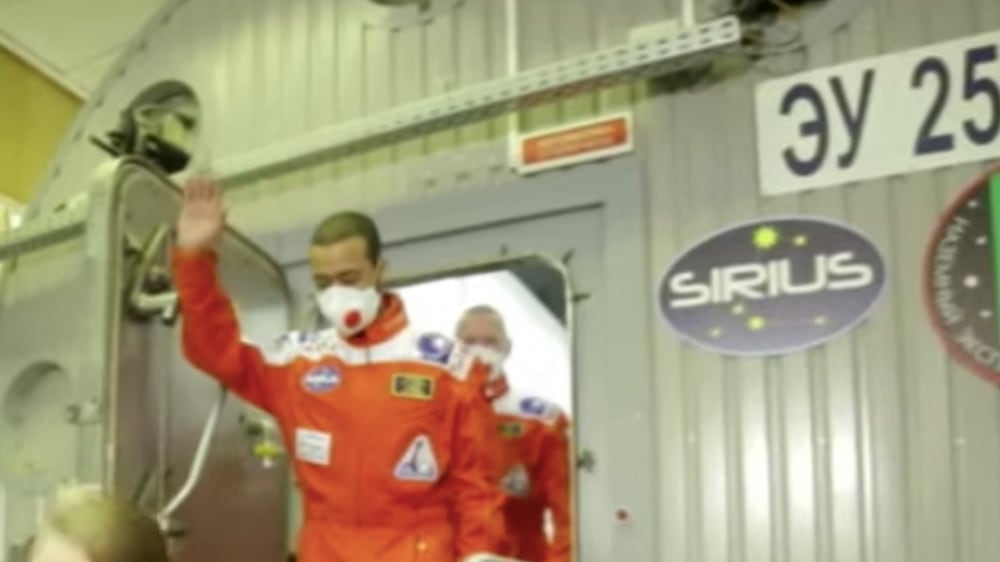
In 2021, two space architects spent 60 days living in a compact shelter in Greenland to simulate harsh lunar conditions.
Danes Sebastian Aristotelis and Karl-Johan Sorensen were part of the Lunark mission, where they endured Arctic temperatures of minus 30°C and carried rifles for protection against polar bears.
The pair work at Saga Space Architects, a company that aims to make space liveable for future travellers through approaching habitat design from a human perspective.
Elon Musk's SpaceX is building the Starship rockets to take humans to the Moon, Mars and beyond one day.
The billionaire hopes to make life multi-planetary in future.
Nasa is trying to land humans on the lunar surface within this decade under its Artemis programme.
